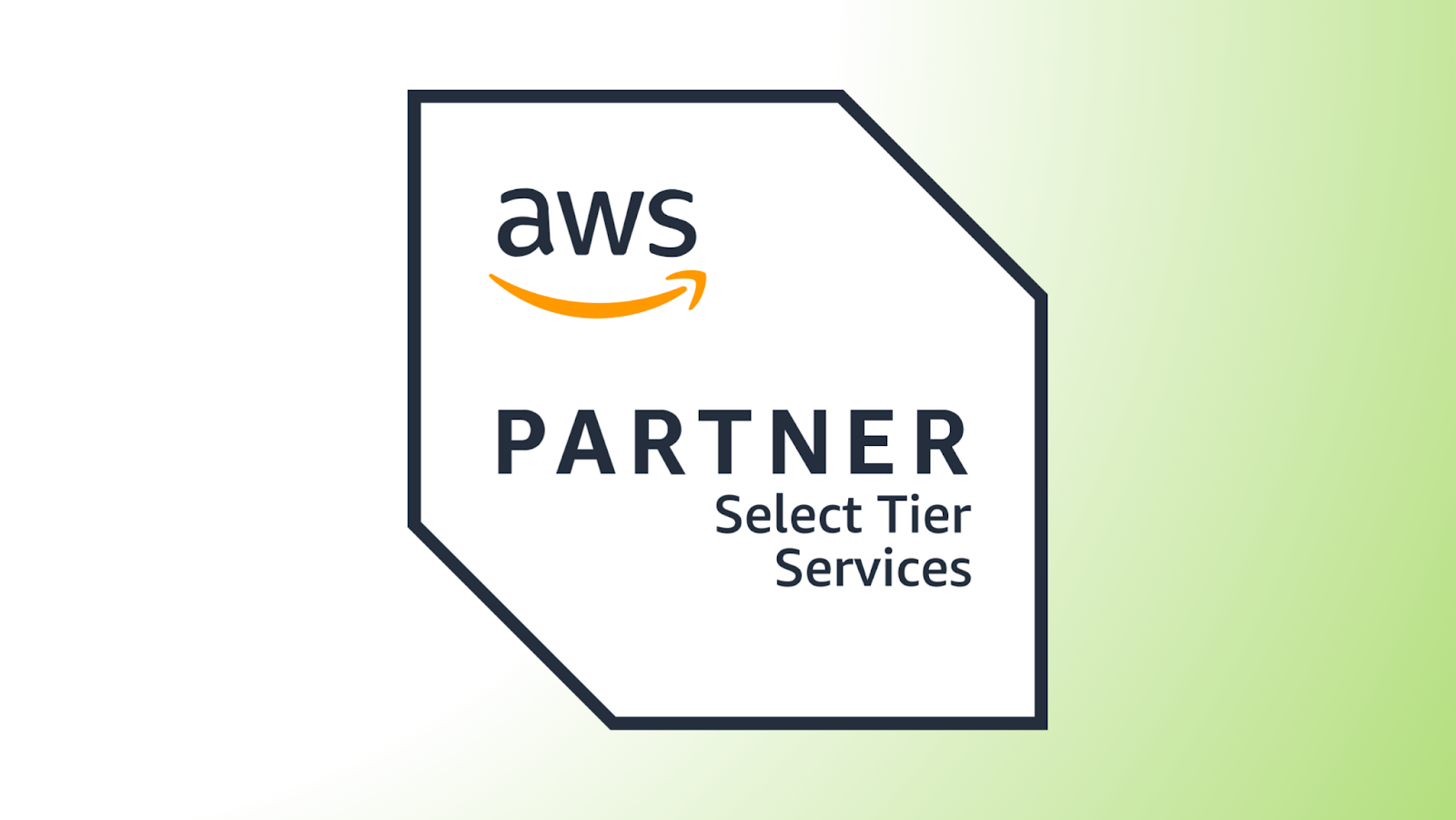Cloud Computing Explained: What Every Beginner Should Understand
In an era of rapid technological advancement, Cloud Computing has become an indispensable foundation, reshaping how we build, deploy, and manage applications and services. Whether you're a startup founder seeking a competitive edge, a software developer looking to optimize workflows, or a tech CEO/CTO strategizing for the long term, mastering cloud computing is key to unlocking limitless potential. This article will provide a deep, accessible dive into Cloud Computing, equipping you with the essential knowledge to make informed decisions.

The Genesis of Cloud Computing: From On-Premise to On-Demand
To truly grasp the power of Cloud Computing, we need to look back at technology's journey. Before the cloud era, businesses invested heavily in building and maintaining on-premise IT infrastructure. This involved purchasing servers, networking equipment, software, and hiring teams of engineers to operate them. This process was costly, complex, and inflexible, especially for fast-growing companies or those with fluctuating demands.
According to the National Institute of Standards and Technology (NIST), cloud computing is defined by five characteristics: on-demand self-service, broad network access, resource pooling, rapid elasticity, and measured service. Cloud Computing emerged as a revolutionary solution, allowing users to access computing resources (servers, storage, databases, networking, software, analytics, and artificial intelligence) over the internet ("the cloud") on a pay-as-you-go model. Instead of owning and maintaining their own resources, you rent them from a third-party cloud service provider. This model not only significantly reduces costs but also offers unprecedented flexibility and scalability.
Why Cloud Computing Is a Game-Changer
The global adoption of cloud computing is surging. Gartner forecasts that public cloud spending will reach $675.4 billion in 2024, underscoring its role in digital transformation. For startups, cloud computing democratizes access to enterprise-grade tools, enabling rapid scaling without significant capital investment. Developers benefit from streamlined workflows, while CEOs and CTOs align IT strategies with business objectives.
Consider a tech startup launching an e-commerce platform. By using cloud computing, the team can handle traffic spikes during peak sales, integrate real-time analytics, and deploy globally - all without managing physical servers. This flexibility empowers businesses to innovate faster and compete with larger players.
Types of Cloud Computing Models
To fully leverage Cloud Computing, it's crucial to understand the main service models that cloud providers offer. Each model provides a different level of control and management, suitable for diverse needs and use cases.
Infrastructure as a Service (IaaS): The Foundation of Flexibility
IaaS is the most basic model of Cloud Computing, providing you with the highest level of control over your IT infrastructure. With IaaS, you can rent virtual servers, storage space, networks, and other fundamental resources. You are responsible for installing and managing your operating systems, applications, and data, while the cloud provider manages the physical hardware, virtualization, networking, and storage.
This model is ideal for businesses that require complete control over their environment, such as running custom applications, migrating existing applications, or deploying high-performance applications. For instance, a tech startup might use IaaS to build and deploy a complex web application without the initial investment in server hardware.
Platform as a Service (PaaS): Streamlining Development and Deployment
PaaS provides a complete environment for developing, running, and managing applications without the need to worry about the underlying infrastructure. The cloud provider manages the hardware and operating systems, while you focus on writing code and deploying your applications. PaaS includes tools and services such as operating systems, execution environments, databases, and web servers.
PaaS is particularly beneficial for software developers looking to accelerate their development and deployment processes. It removes the burden of infrastructure management, allowing teams to focus on innovation and getting products to market faster.
Software as a Service (SaaS): Ready-to-Use Solutions
SaaS is the most widely used cloud service model, offering complete, ready-to-use software applications over the internet. Users simply log in and use the application, while the cloud provider is responsible for all other aspects, from infrastructure and platform to software maintenance and upgrades.
Common examples of SaaS include Google Workspace (Gmail, Google Docs), Microsoft 365 (Word, Excel), Salesforce CRM, and Dropbox. SaaS is ideal for businesses that want to utilize applications without managing any underlying hardware or software.
Exploring Cloud Deployment Models: Public, Private, and Hybrid
Beyond service models, Cloud Computing is also categorized by deployment models, each with distinct characteristics suitable for varying security, performance, and cost requirements.
Public Cloud: The Accessible and Scalable Option
Public Cloud is the most common model, where third-party cloud service providers (like Amazon Web Services (AWS), Google Cloud, Microsoft Azure) own and operate the cloud infrastructure. Resources are shared among multiple customers. Public Cloud offers high scalability, low cost, and easy access, making it ideal for applications with fluctuating demands or startups looking to quickly launch.
Private Cloud: Enhanced Control and Security
Private Cloud is a cloud environment exclusively dedicated to a single organization. It can be managed by the organization itself or by a third-party service provider. A Private Cloud offers the highest level of control and security, suitable for businesses with strict regulatory requirements, data security needs, or performance demands.
Hybrid Cloud: The Best of Both Worlds
Hybrid Cloud is a combination of Public Cloud and Private Cloud, allowing data and applications to be shared between these two environments. This model provides flexibility and scalability, enabling businesses to leverage the benefits of both cloud types. For example, you might store sensitive data on a Private Cloud while running less sensitive applications on a Public Cloud.
The Transformative Benefits of Cloud Computing: Why It Matters
The explosion of Cloud Computing is no accident. It brings a range of strategic benefits that help businesses of all sizes optimize operations, foster innovation, and drive growth.
Cost Efficiency: Pay-as-You-Go Savings
One of the most apparent benefits of Cloud Computing is its ability to significantly reduce Capital Expenditure (CapEx). Instead of investing millions of dollars in hardware and infrastructure, businesses can shift to an Operational Expenditure (OpEx) model by paying for cloud resources based on usage. This eliminates the need for physical maintenance, upgrades, and management, freeing up resources for core business activities.
Scalability and Elasticity: Adapting to Demand
Cloud Computing provides flexible scalability and elasticity, allowing businesses to easily adjust resources to meet fluctuating demands. When demand spikes, you can quickly scale up resources (e.g., add virtual servers) in minutes. When demand decreases, you can scale down to optimize costs. This is particularly crucial for applications with uneven traffic, such as e-commerce websites during peak seasons.
Enhanced Reliability and Business Continuity
Leading cloud providers invest heavily in building robust, highly resilient infrastructure with geographically distributed data centers. This helps ensure high availability for your applications and data, minimizing the risk of service disruption due to hardware failures or natural disasters. With features like automatic backups and disaster recovery, Cloud Computing enhances your business continuity capabilities.
Global Reach and Performance
With cloud infrastructure distributed globally, businesses can deploy applications closer to their end-users, reducing latency and improving performance. This is especially important for companies with customers worldwide, providing a seamless and consistent user experience.
CoderPush's Journey: An AWS Select Tier Services Partner
At CoderPush, we are not just advocates of Cloud Computing but also practical implementers. We are proud to be an AWS Select Tier Services Partner, a testament to our expertise and experience in building, migrating, and managing cloud solutions on Amazon Web Services. This partnership underscores our commitment to delivering high-quality cloud services, helping our clients unlock the full potential of the cloud.

Becoming an AWS Select Tier Services Partner is more than just a title; it's a recognition of our ability to provide complex cloud solutions, from strategic consulting to implementation and operations. We understand that every business has unique needs, and that's why we adopt a customized approach, ensuring that your cloud solution perfectly aligns with your business objectives.
Embracing the Future: The Continuous Evolution of Cloud Computing
Cloud Computing is not a fleeting trend but a fundamental transformation in how technology is delivered and consumed. As we move into the future, cloud computing will continue to evolve, integrating more deeply with emerging technologies such as Artificial Intelligence (AI), Machine Learning (ML), Internet of Things (IoT), and Edge Computing.
Startup founders can leverage the cloud to quickly turn ideas into products, scaling without worrying about infrastructure. Developers can use cloud services to build smarter, more powerful applications. CEOs and CTOs can shape their technology strategies based on the flexibility and innovation that the cloud provides.
To delve deeper into how cloud services can optimize your software development process, you can refer to our article on Streamline Construction Workforce Management with CONINCO EngiTime
Cloud Computing is not just about moving data and applications to the internet; it's about equipping your business with the ability to innovate, adapt, and thrive in an increasingly digitized world. By understanding the core concepts and fully leveraging the service and deployment models, you can harness the power of the cloud to achieve outstanding success.
Ready to transform your business with the power of Cloud Computing?
👉 Contact CoderPush today to explore how our AWS-certified experts can help you design, implement, and manage cutting-edge cloud solutions tailored to your unique needs.
Comments
Post a Comment